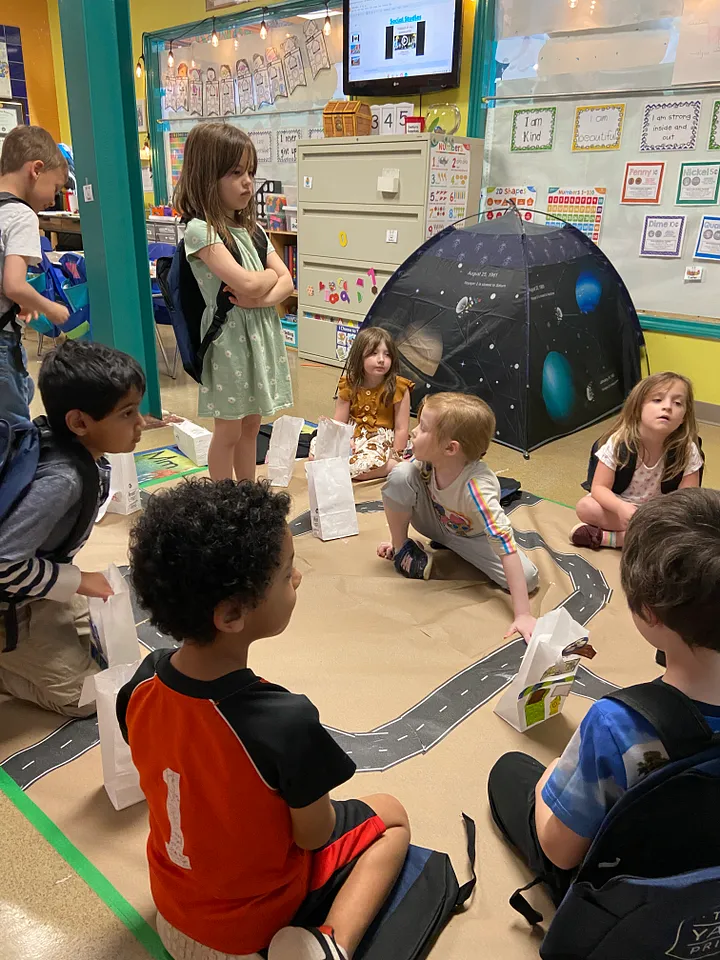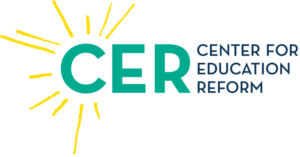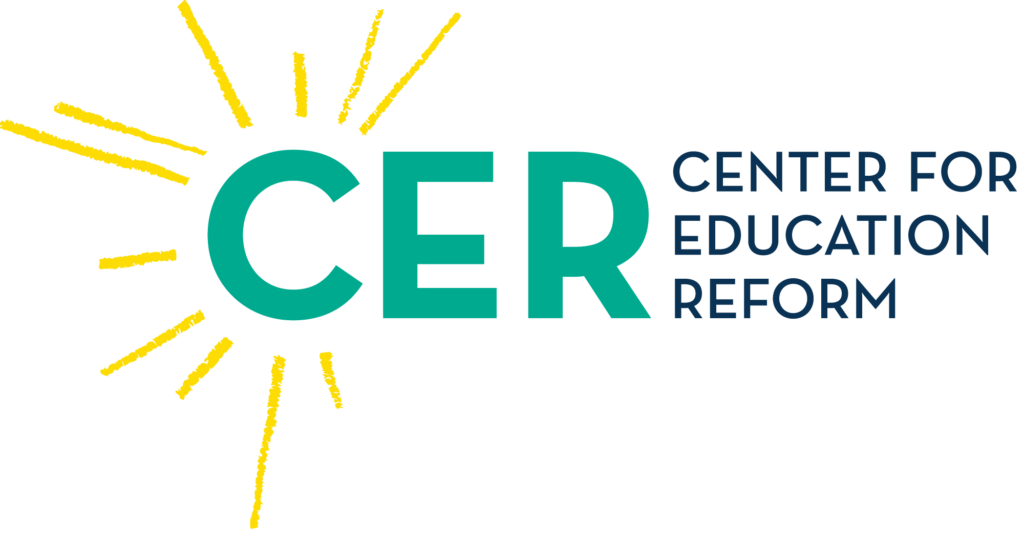By Jeanne Allen

Education has been in the news a lot lately and I’m delighted.
It’s usually a one-day story — or tucked into a feel-good segment about one person, one place, not likely to spark real understanding. But this year, for the first time since I’ve been doing this work, education failure made the front pages.
U.S. Senators brought it up in major hearings. Governors issued statements. The President referenced our nation’s test scores — weekly.
Yes, I’m delighted. But even more so, I’m outraged.
Why? Because it’s not just test scores we should care about. Those are symptoms of a much bigger problem. It’s not only reading or math — though we fail in those too. We’re failing across the board.
Let’s take a step back and ask: What do we know about how humans learn?
You heard it in earlier discussions today — whether about art or leadership — community is essential to growth. And that includes learning.
We learn when we feel connected to something greater than ourselves. When we have purpose. When we’re part of a community aligned to a common vision.
In community, we find models, examples, relationships.
So what role does school play in this? A major one.
Children are smart. Aware. From day one, they’re sponges — bringing curiosity to everything they do.
Think of a five-year-old bubbling with questions. I think of my grandson on his birthday — curious about the party prep, the food, the guests. That kind of energy is natural.
I remember my own kids — inseparable from their peers, learning side-by-side, naturally drawn to discovery.
When Bill Bennett was Secretary of Education, he said his visits to elementary schools were worlds apart from middle and high schools. In early grades, hands shot up, kids couldn’t wait to answer questions. But as they grew older, that spark dimmed.
Why?
Because when students no longer feel value or connection in their school community, they look elsewhere — for quick thrills, easier wins, or behaviors that excite — but don’t serve them.
Engaged learning isn’t just “fun.” It’s demanding. It stretches students and makes them feel that something meaningful just happened.
Like an artist with raw materials, the educator’s job is to draw out the colors in each child — helping them build their own canvas.
In a strong community, children build resilience and confidence. That primes them for learning.
But if school feels meaningless — if teachers are just struggling to keep order, if there’s no clear value in what’s taught — kids shut down. And the cycle begins.
Even a child in a difficult home can thrive with a strong educational community. Research shows that next to a parent, an effective school is the most important factor in a child’s life.
That’s why great education matters.
It teaches children they are part of something bigger — class, school, nation, world. And ideally, it reinforces the virtues we’ve talked about today.
Bad education, on the other hand, reduces learning to rote information. It relies on polished textbooks, overworked teachers — many of whom were themselves failed by poor schooling — and communities that no longer see the value of education during the most formative years of a child’s life.
But we can turn that around.
Giving families the power to choose the best school for their child breaks the grip of top-down bureaucracy and flips this broken system on its head.
Education opportunity — education freedom — is the lever for change. And it works.
We helped start the charter school movement with strong laws, ensuring real freedom from suffocating oversight. We created room for exceptional education entrepreneurs to thrive.
We’ve seen powerful coalitions come together — diverse, passionate people who built schools that attract students of all kinds, delivering personalized programs that change lives.
These schools represent hundreds of different approaches, but they all share something: they create community where none existed.
Today, educational scholarships, Education Savings Accounts, and similar tools are growing — fueling new programs, new schools, and expanding access for students who’ve long been left behind.
This is the most important battle we can fight for our children.
Educational choice is rebuilding community. Parents are drawn to schools that reinforce the value of learning, of work, of their country.
So when you think about education, don’t just think about test scores or whether little Susie did well.
Think about education’s role in uniting a new generation with purpose — and anchoring them in the social fabric that undergirds a free and thriving society.
To do that, we must shift resources away from broken systems — and into the hands of families.
Let the consumers drive demand.
That’s how we create the environment for new education entrepreneurs… and for the strong, purposeful communities our kids deserve.


